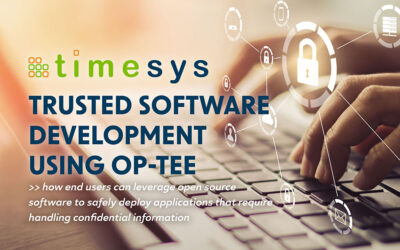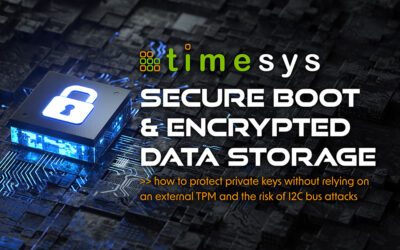Traditional IT security isn’t protecting embedded open source systems in IoT and IIoT deployments
Here at Timesys, we’ve been noticing some concerning trends when it comes to open source embedded software security and the rise of Internet of Things (ioT) and other intelligent devices. We’ve been hard at work developing a solution that can help ease your burden of carefully developing, monitoring, and maintaining security measures on your devices.









